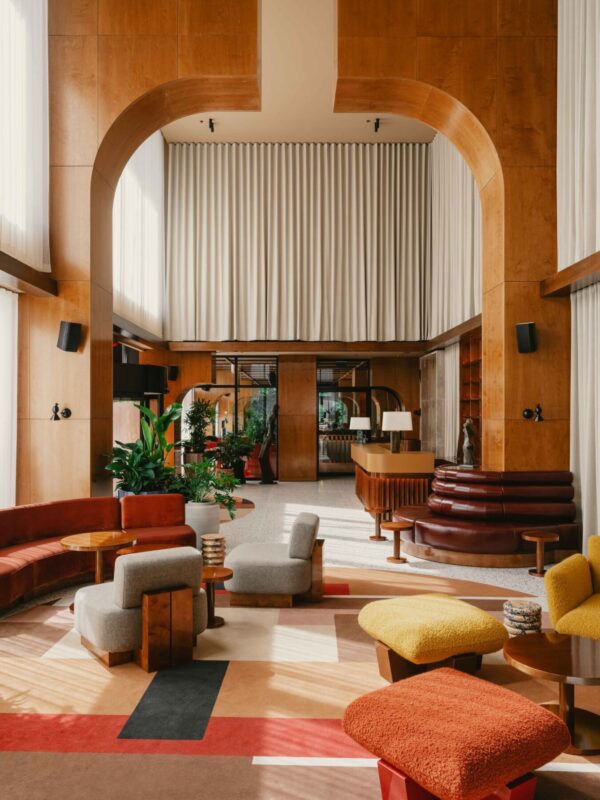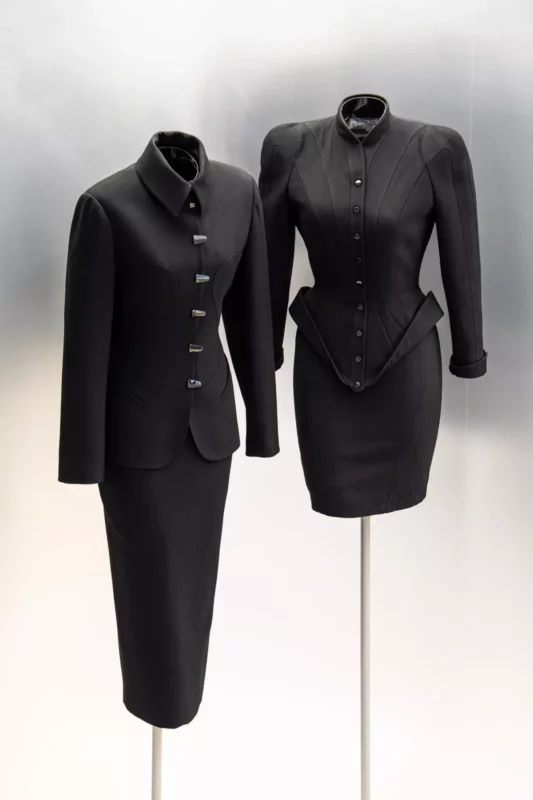A collection show that actually shows the collection
This isn’t your usual museum spectacle packed with blockbuster loans. The show relies almost entirely on the museum’s own archive, with just a handful of pieces brought in from elsewhere. Why? To cut back on institutional overproduction and show what’s already in the vaults. Consider it slow-fashion curation, with just as much drama and a lot more depth.
Here’s where it gets juicy: Rococo, as we know it, wasn’t even a fashion period. It was an art movement (roughly 1730 to 1760) full of pastels, curls, and ornamentation. Fashion only caught on later. What the exhibition does is unpack that mess, stitch by stitch, myth by myth. The museum calls their latest exhibition a patchwork of styles spanning 80 years.









